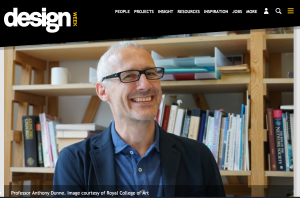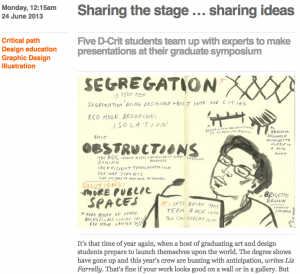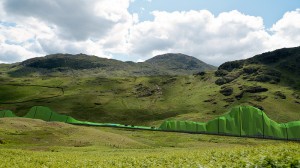With the news last week that Professor Anthony Dunne, Head of the Design Interactives programme, and his partner Fiona Raby, a founding member of CRD Research Studio and a Senior Research Fellow, are stepping down from their roles at London’s Royal College of Art at the end of the 2015 academic year, I’ve looked back through my archive of design magazines and found a couple of interviews with Tony. Now Fiona and Tony plan to concentrate full-time on their joint practice, Dunne & Raby, which has brought us, among other memorable moments, the “design fiction” United Micro Kingdoms (in exhibition form at London’s Design Museum), reviewed here.
Part One
“Loewy’s Children”
by Liz Farrelly
Blueprint
No. 76, April 1991, p.44-47
Standfirst: As the Design Museum celebrates the father of industrial design, Michael Horsham assesses its history and Liz Farrelly looks to its future (profiling five young(ish) product design practices)…
Tony Dunne’s intrepid move to Japan, after graduating from the RCA, led him to a full-time job at the Sony Corporations’s Design Centre. Being one of only two western members of a design staff over a hundred strong, and being expected to develop ten products a year, Dunne has been exposed to a rate of technological change, and social and cultural differnces, that have profoundly affected his view of product design. Using this as material for a redefintion of perception and information, he has come up with a product aesthetic that attempts a “mapping of the void”.
Continue reading



